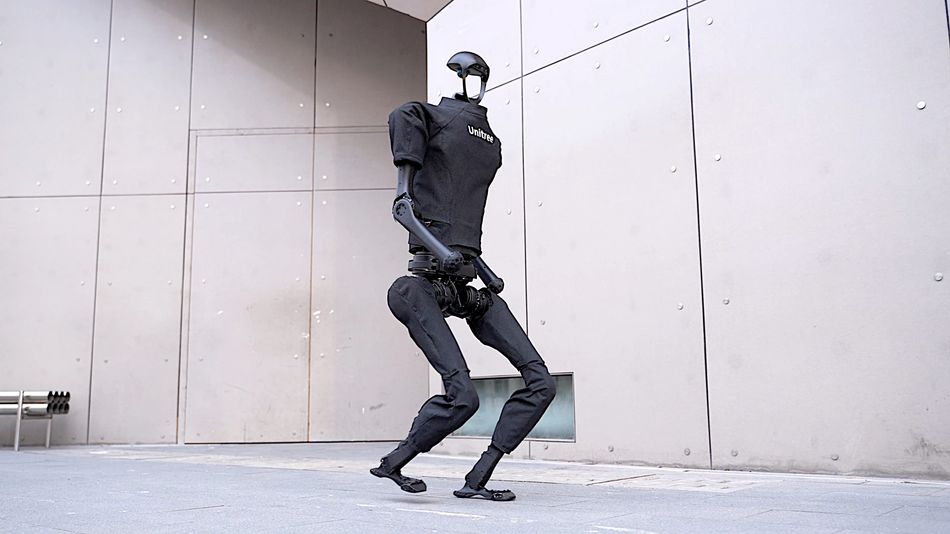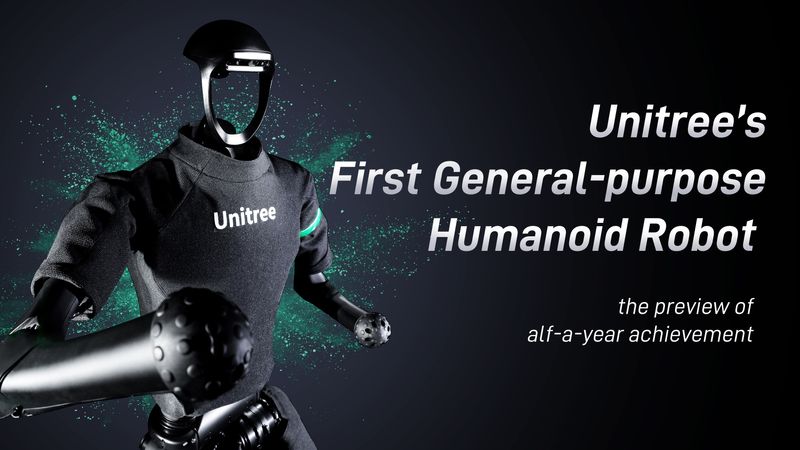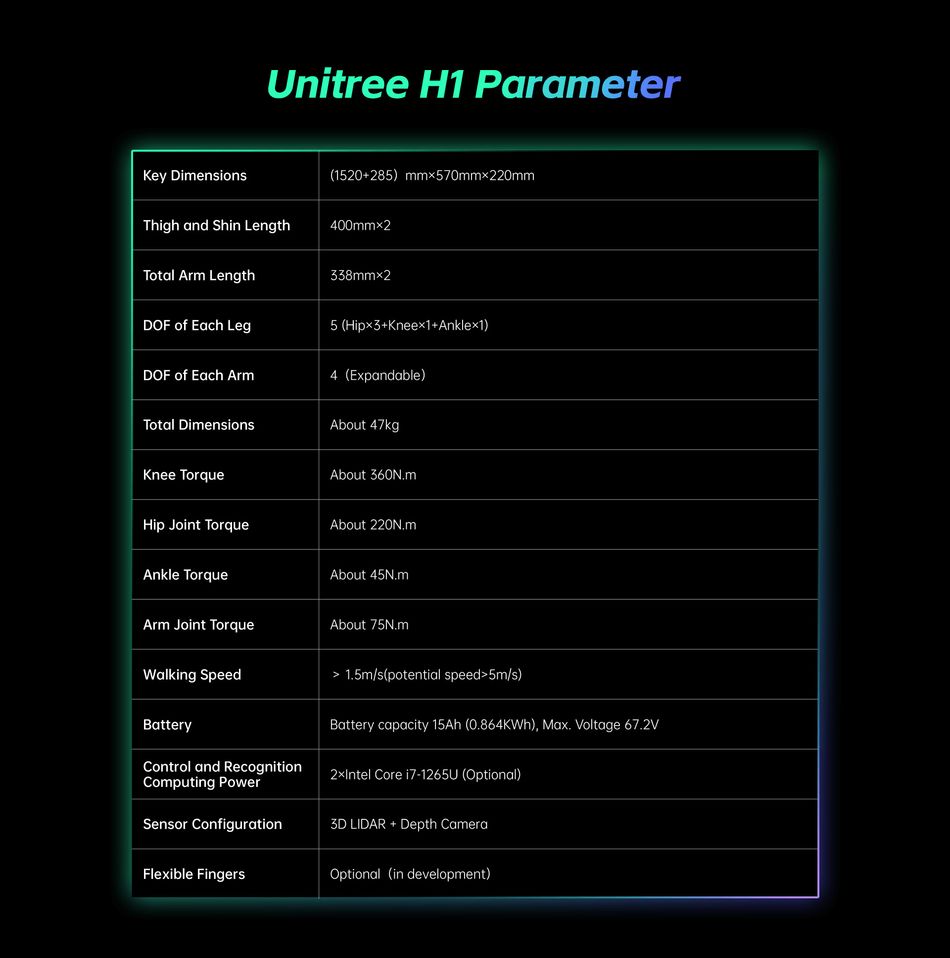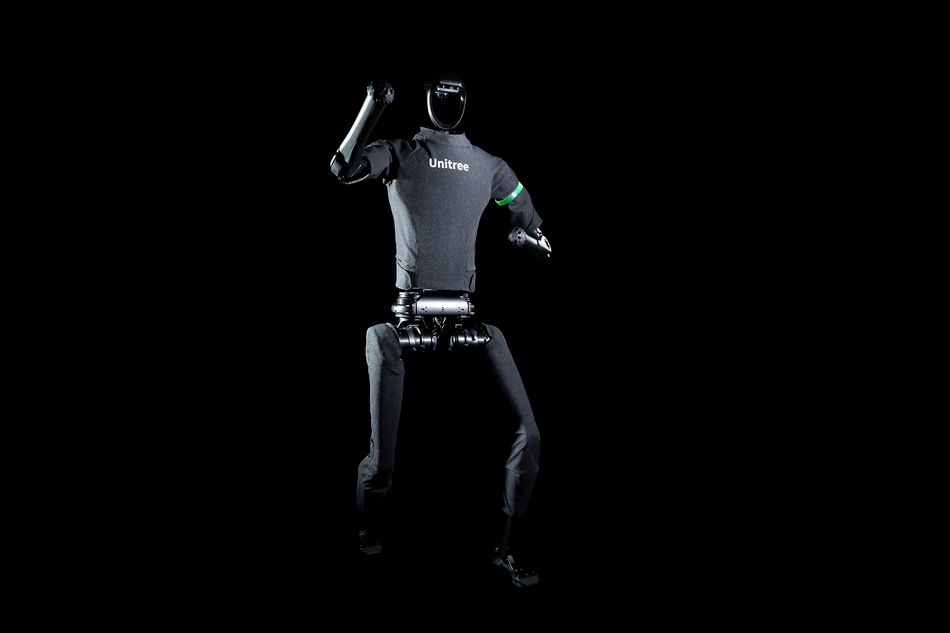Meet the Unitree H1: a humanoid general-purpose robot starts a new industrial revolution!
Unitree launched its first humanoid robot H1 on August 15. Showcasing six months of hard work, the H1 humanoid stands about 71 inches (1800mm) tall, but only weighs about 100 lbs (47kg) and boasts unmatched power.
Introducing Unitree H1: Its First General-purpose Humanoid Robot| Embodied AI Price below $90k
Unitree launched its first humanoid robot H1 on August 15. Unitree is one of the leading developers of quadrupeds and recently launched its latest quadruped Go2. The company has developed mature leg mechanics and drive systems with its quadruped product line, as well as field-tested the necessary perception and locomotion algorithms that enable a fast development path from quadrupeds to bipeds.

The key driving force behind its dexterity lies in its in-house developed high-torque joint motor and precision-engineered gear train. According to Unitree's R&D engineers, to meet the needs of large loads, high density and high power, Unitree specially designed M107 joint motors with higher torque-to-weight ratio for the H1 humanoid robot, which are applied to the two knee joints of H1. The peak torque of this kind of motor reaches 360N-m, which makes the robot's power performance stronger, and the flexibility of movement, speed, endurance including load capacity have been significantly improved. At the moment, the core components of the H1 joint unit, including servo motors, gearboxes and controllers, are all developed and produced by Unitree.
In addition to seeking breakthroughs in hardware, the stability of motion control algorithms and gait programming are equally important. At present, H1's walking and balancing are all done through autonomous algorithms, without human intervention. In the video, we see that the H1 humanoid robot is able to quickly adjust its posture and maintain its balance even after being subjected to violent impacts. At the same time, it will also take the initiative to avoid obstacles after sensing them. For humans, this is something that can be done without thinking twice, but it's not easy for humanoid robots.
You may be surprised to see that the initial images of the robot do not include any hands, only a cushioned nub at the end of the arm. Actually, the version that we have been able to see in the video is not exactly the final one and his flexible hands are in development.
According to Unitree, the plan is for the H1 robot to enter the commercial arena within the next 3-10 years. In terms of affordability, Unitree is projecting the price for the H1 model to be set below $90,000.


